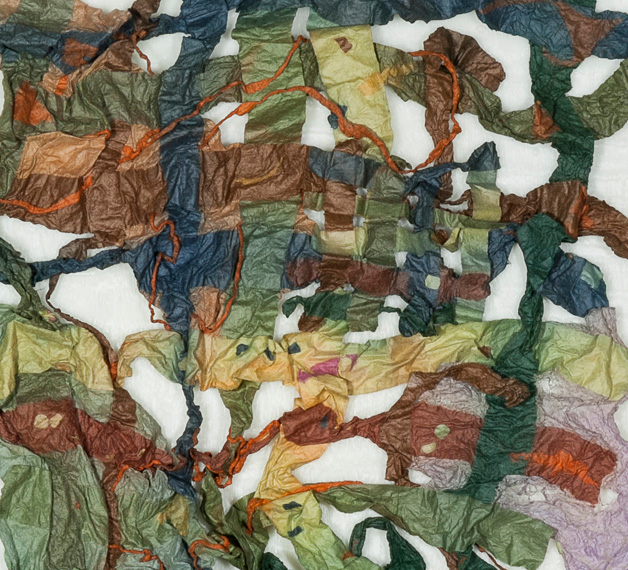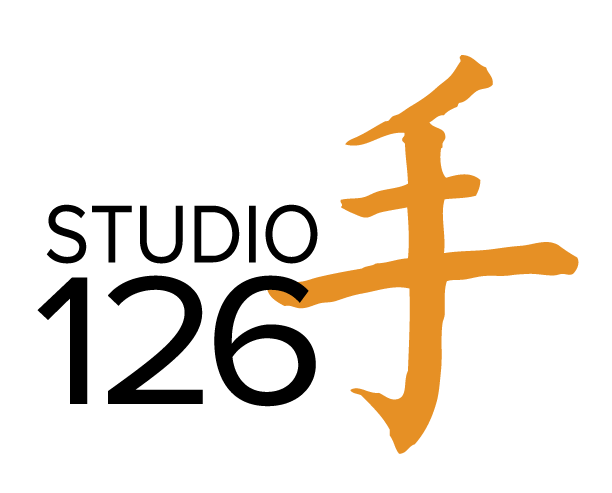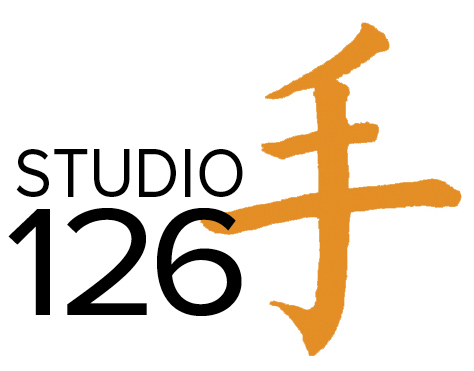
Zoom in, zoom out
“Series 2016-11” by PJ Bergin
Last year, when flying into the Denver airport from points east, I became mesmerized by the circles and squares in various shades of green and brown delineated on what must have been the plains of Nebraska below. This wasn’t the first time these geometric shapes have caught my eye. On each occasion I have had two thoughts: 1) I wonder if the farmer is aware of the delightful palette being created by these irrigation systems, and 2) I want to re-create this sublime scenery as artwork.
Following my most recent bird’s eye view of Nebraska, I learned that early aerial photographs of battlegrounds in the First World War helped generate more attention for – and interest in – abstraction in modern painting. In fact, these overhead shots even helped foster the idea of abstract expressionism as we know it today.
This connection between aerial photographs and contemporary artwork piqued my interest and inspired me to start looking at some of the detail photographs of my Joomchi artwork with a new eye. In the close-up featured above, for instance, it’s easy to envision waterways, deltas and small landmasses. There’s a real sense of surprise and unexpected pleasure in looking at an artwork I created months ago and seeing something totally new based on this interpretation.
Because contemporary artwork is more visceral than other types of artwork, rational explanations as to why a viewer may or may not be attracted to a piece can be hard to come by. Having a reference point – such as the view from a window seat of an airplane passing over the heartland of America – can help viewers develop personal interpretations to explain what the artwork means.
As a creator of contemporary art and abstract expressionism, I enjoy hearing what others have to say about the Joomchi pieces I create. That is the primary reason I choose to identify my artwork with numbers. It allows you, the viewer, to apply a name yourself.

